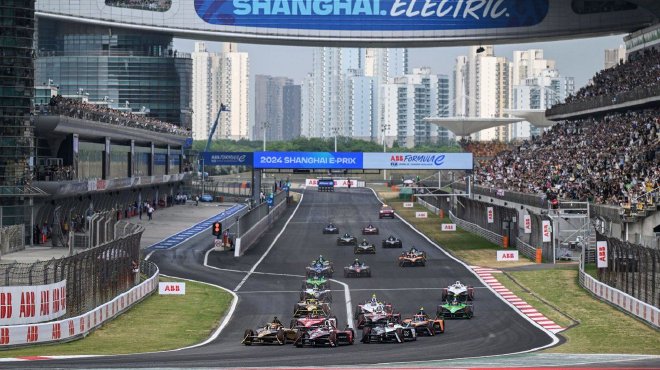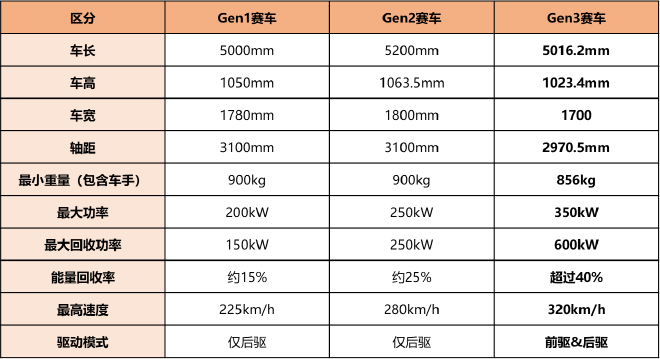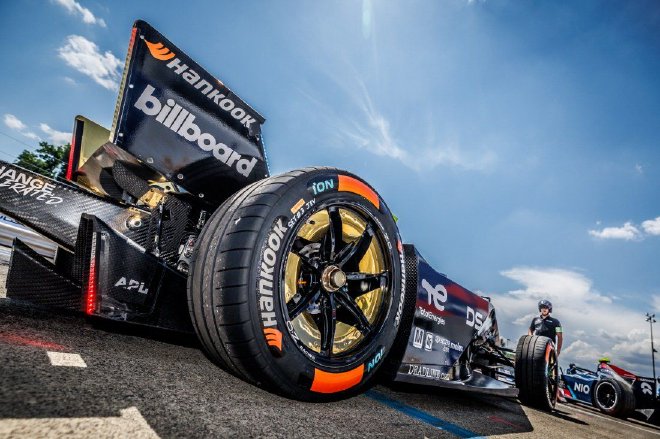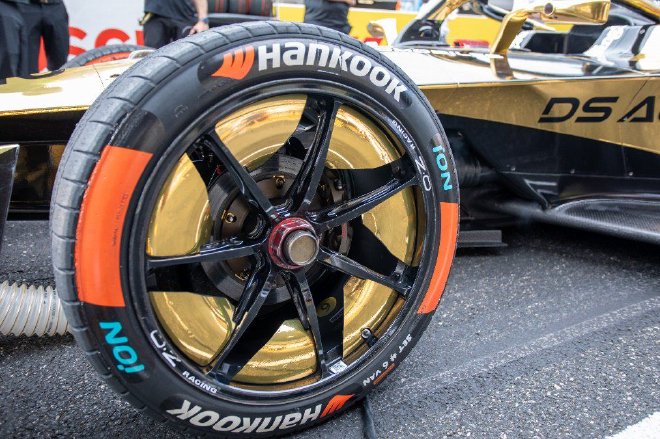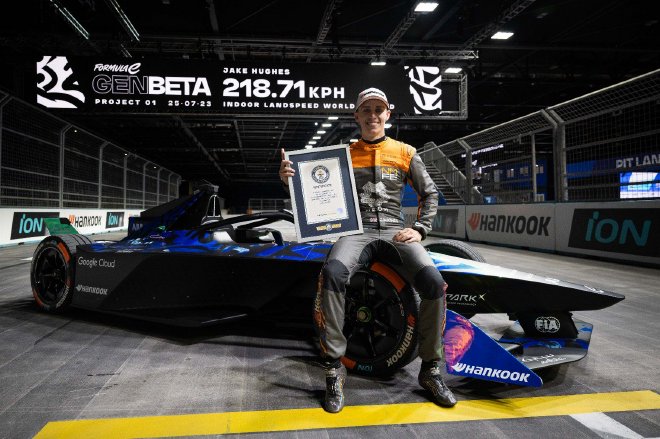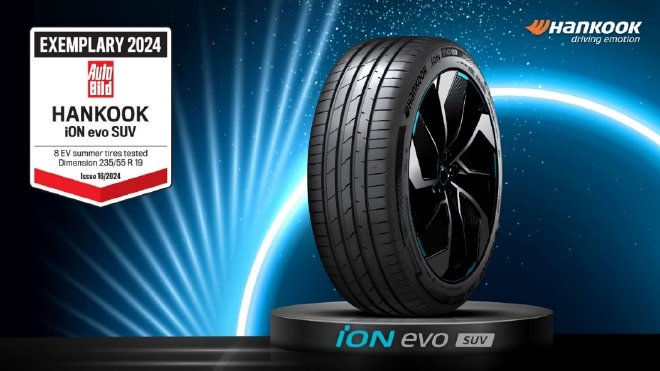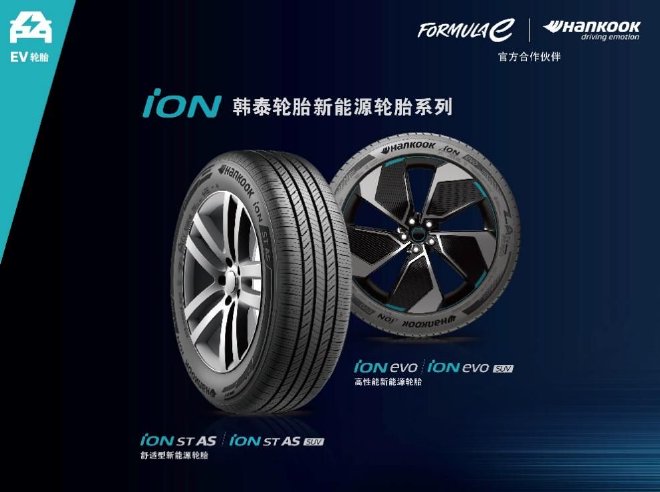Although Formula E races may not be as loud as F1 races, the electric championship can definitely compete with F1 in terms of speed and control. It can also excite fans both on-site and online.
The 2024 Formula E race in Shanghai ended on the 25th and 26th of this month. It was the first race in China after five years. 22 cars from 11 teams competed in rounds 11 and 12 of the season. Porsche and Jaguar teams were the big winners over the two days. They not only took first and second place, but also showed a significant lead in team points. Jaguar’s lead over Porsche widened by 19 points after the two races. Jaguar now has 299 points, 73 points ahead of Porsche. With four rounds left in the season, the championship is almost guaranteed for Jaguar, who can start celebrating early. Both teams used the new third generation Formula E car, the FE GEN3 EVO, with the same specifications mandated by the organizers for the aerodynamic package and hardware.
The performance of these Formula E cars is extreme, especially this year’s Formula E cars. The new FE GEN3 EVO car breaks many limits of electric cars. It is lighter, more powerful, more energy-efficient, and faster. The third generation car weighs 44kg less than the previous one, with a maximum power of 350kW. It can accelerate from 0-100km/h in 1.86 seconds, on average around 2 seconds, 30% faster than current F1 cars. It can reach a top speed of 320km/h, with energy recovery power up to 600kW. It has a four-wheel drive system, posing a high challenge for drivers and reducing margin for error.
In terms of recharging, the Gen3 battery capacity is reduced to 38.5kWh, supporting 600kW ultra-fast charging, able to recharge 4-5kWh in 30 seconds. Almost the same power parameters and recharging strategy make many believe that this ultra-efficient race is more about the drivers and teams. In fact, besides these two important factors, the requirements of race car tires are crucial for achieving good results.
Friends who have been on the track and played with cars must know that the grip and durability of racing tires are very important. Electric race cars not only have more power, but also more weight. The average weight of a naked F1 car is 600kg, while the average weight of a GEN3 car is 856kg. In high-speed corners and braking, the weight of the car puts pressure on the tires, which is multiplied. In addition to facing a long race, the increase in tire temperature will reduce tire durability. Although F1 tires also face durability and the test of high-speed corners and braking, the challenges they need to bear are different due to the difference in weight. F1 races allow tire changes during pit stops, but in the Formula E races, tire changes are not allowed. The car must complete the entire race on one set of tires, which puts higher demands on tire durability.
This is a rule difference, a fundamental difference in tires between fuel and electric household cars. There are three main differences. Firstly, the rubber used in new energy vehicle tires will be more because electric cars are heavier. Secondly, the tires need to reduce tire noise to make electric cars quieter. Thirdly, electric cars accelerate faster and need tires with better acceleration and steering response. In summary, new energy tires have higher technical specifications. In Formula E races, low rolling resistance, lightweight, and durability are the standards for tire selection. Many teams in this Formula E race are using Hankook iON tires. Becoming the tire supplier for the GEN3 race car is not easy and requires both racing experience and technical support for different teams. Hankook iON racing tires have been used by teams in the past two Formula E races. This year, Hankook has specially designed “battle boots” for the third generation race car, with multiple reinforcement designs that have proven their durability in the past two seasons.
In testing before the final race of the 2023 London season, driver Jack Hughes set a new Guinness World Record for “fastest speed indoors” by reaching 218.71 km/h in a modified GENBETA third-generation car. This speed, achieved with tires from iON, surpassed the previous record by about 50 km/h, showcasing the performance of the electric Formula E cars.
Hankook iON racing tires use about 30% sustainable materials, meeting Formula E’s sustainability requirements without affecting performance. After each race, Hankook fully recycles every set of tires to ensure maximum environmental sustainability in the Formula E championship. Hankook tires have been developing specialized tires for electric vehicles for many years, with Ventus S1 evo3 EV being a popular product in the early days of electric vehicle adoption. In 2022, Hankook introduced the new iON electric vehicle tire series. In May 2023, Hankook iON electric vehicle tires officially entered the Chinese market, including the globally renowned iON evo high-performance electric vehicle tires, as well as the iON ST AS comfortable electric vehicle tires tailored to the needs of the Chinese market, fully meeting the tire needs of electric vehicle users.
iON new energy tires, with advanced silicon-rich formula, excellent uniform vulcanization technology, innovative tread and groove design, optimized multi-pitch arrangement, enhanced grip technology, aramid material reinforcement belt and other innovative technologies, achieve comprehensive advantages of low noise, high comfort, low rolling resistance, high strength, high wear resistance, and high grip. Hankook iON new energy tires have received many professional praises since their debut. In 2022, iON evo tires received A/A/A rating in the EU tire label certification, representing excellent levels in rolling resistance, wet grip, and tire noise. In 2023, iON evo tires ranked first in the new energy tire test conducted by the famous European automotive media “Auto Bild.” In April 2024, iON evo SUV tires received the “Exemplary” rating from “Auto Bild.” Additionally, iON evo has won the “iF Product Design Award” and the “Red Dot Award for Product Design,” receiving industry recognition for design concept and performance. Currently, Hankook iON new energy tires’ diverse product line can cover over 92% of new energy vehicles globally, providing or developing matching versions for over a dozen new energy vehicle brands worldwide. With iON racing tires accompanying the third generation of electric Formula E cars, it is believed that Hankook iON will become the tire choice for more and more new energy vehicle manufacturers and consumers. Hankook has launched 259 iON products worldwide, covering over 92% of new energy vehicles globally, supplying or developing tires for 16 new energy vehicle models from brands such as Porsche, Tesla, NIO, BYD, Audi, BMW, and Volkswagen. In May 2023, Hankook iON new energy tires have been introduced to the Chinese market, including the high-performance iON evo tires and the iON ST AS comfort tires tailored to the needs of the Chinese market, fully meeting the tire needs of new energy vehicle users. In summary, the purpose of any type of racing is to witness the birth of the best technology and popularize it in civilian vehicles. This extreme test ensures safety in daily life. When a new energy tire can guarantee the completion of a high-intensity pure electric race and achieve better results, it shows the product strength. Currently, the market share of new energy vehicles in China continues to rise. When you are unsure about which tire to choose, you can look at the brand of tires used in Formula E races. Hankook iON new energy tires can also be one of your alternative brand products.
